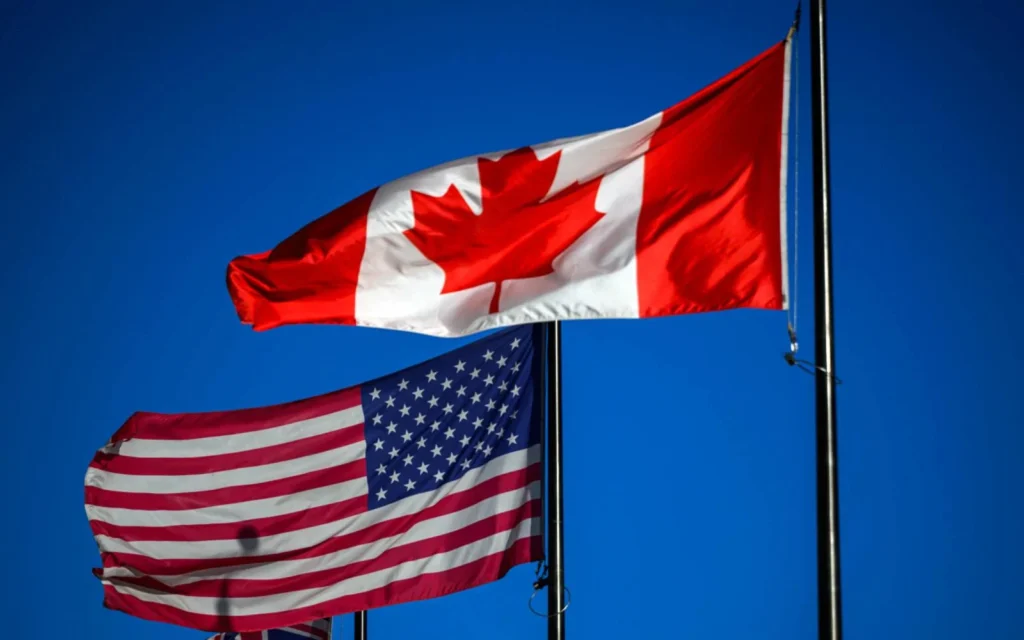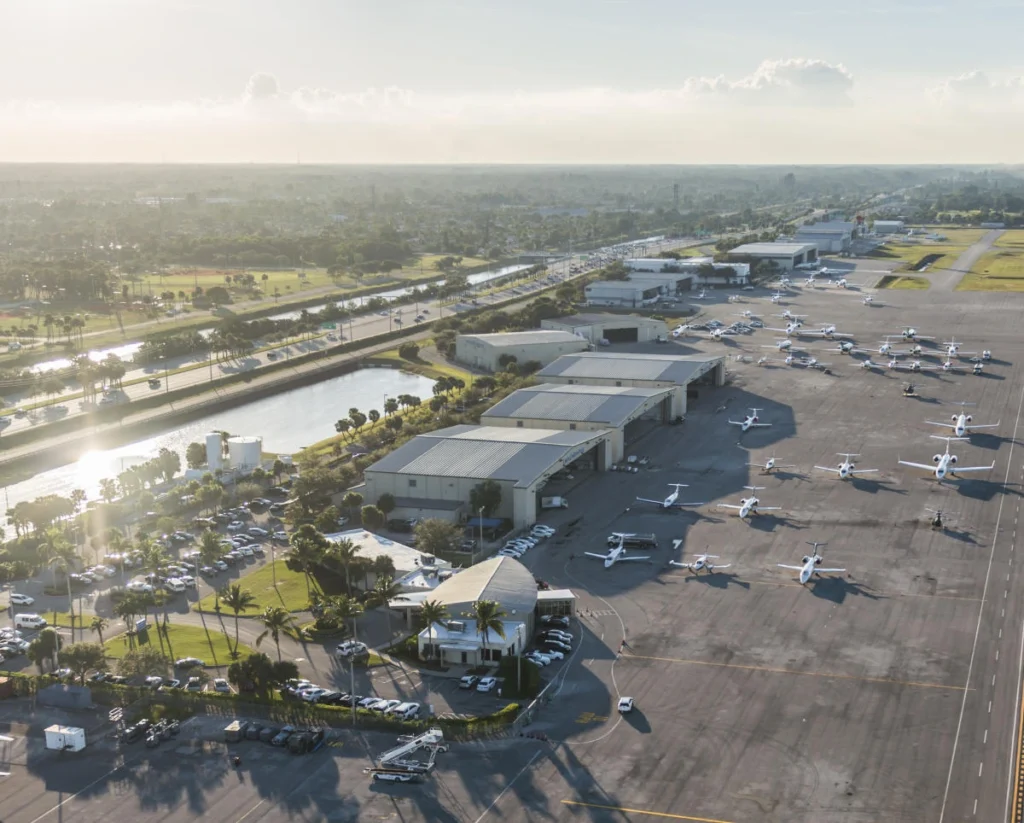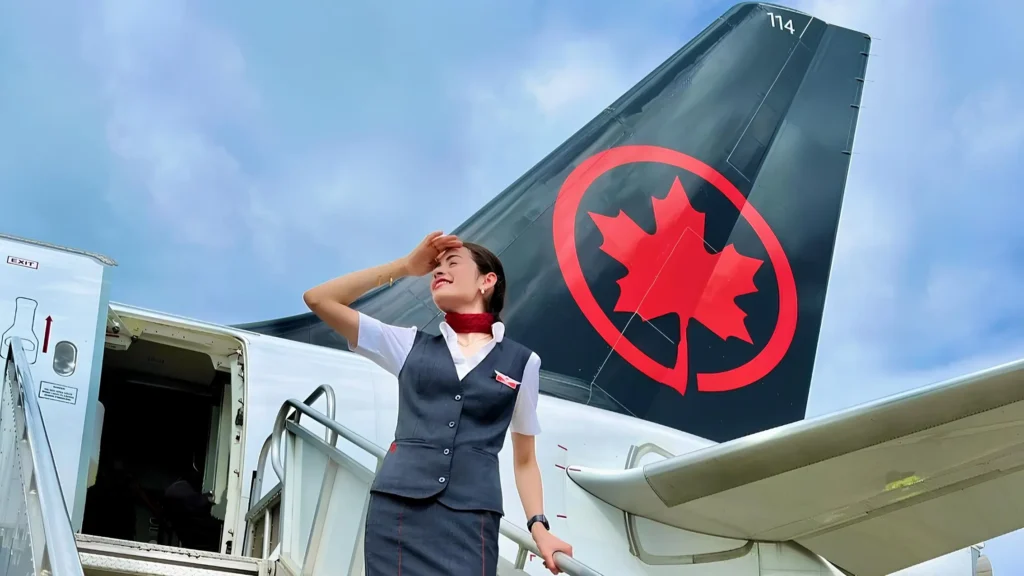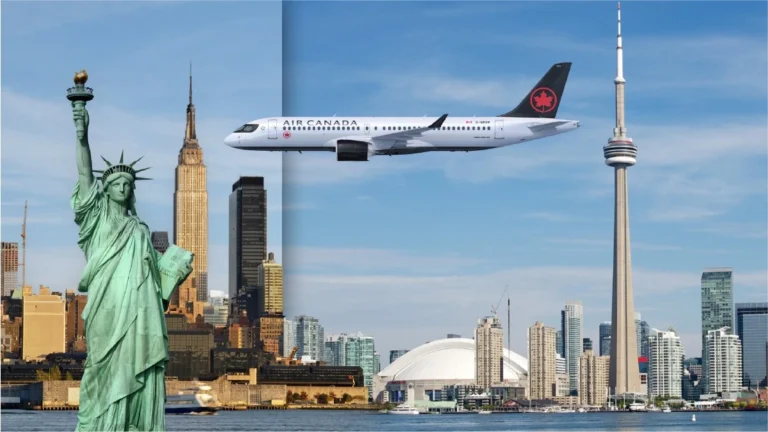OTTAWA- Canadian travelers are reducing their trips to the United States this spring, with leisure destinations suffering the most significant declines. The ongoing trade tensions between the two countries have created noticeable shifts in travel patterns across different US destinations.
Relations between the United States and Canada quickly worsened after Trump implemented tariffs and made statements about annexing Canadian territory. Recent survey data indicates that Canadians now view the United States with greater suspicion than before.

Canadian Air Travel to US Cities Reduced
February saw a 13 percent drop in Canadian air travel to the United States, while land border crossings by Canadians decreased by 23 percent.
Looking ahead, airline reservation data shared by Visual Approach reveals severe declines exceeding 70 percent in monthly bookings through September 2025.
Florida stands out as the region experiencing the most dramatic reduction in Canadian airline capacity. Fort Myers (RSW) has seen a 30% decrease in scheduled seats compared to January projections, while Palm Beach (PBI) faces an even steeper 43% reduction. These numbers reflect April schedules from Canadian airlines traveling to US destinations.

Hawaii & Other Business Hubs Show Mixed Results
Unlike Florida, Hawaii has maintained its Canadian airline capacity with no cuts to Honolulu (HNL), Lihue (LIH), Kona (KOA), or Kahului (OGG). The considerable distance appears to discourage last-minute changes to travel plans for Canadians heading to Hawaii.
Business and hub markets have generally weathered the decline better than leisure destinations. Newark (EWR) shows a modest 7% reduction in capacity, San Francisco (SFO) experiences only a 2% decrease, and Boston (BOS) maintains stable numbers. Seattle (SEA) and Detroit (DTW) emerge as exceptions among hub destinations, both recording double-digit percentage drops in Canadian airline capacity.

Economic Impacts
The reduction in airline seats likely understates the actual decline in Canadian visitors. Tourism-dependent businesses in Florida—including hotels, restaurants, and entertainment venues—report drops in Canadian customers closer to 30% rather than the 10% suggested by airline capacity figures.
These businesses, which traditionally welcome large numbers of Canadian visitors seeking warmer weather, now face significant revenue shortfalls during what should be the peak travel season.
Canadian travel to the US typically peaks during winter and spring months, with Canadians more likely to choose domestic or European destinations during summer. Even if trade disputes are resolved this year, experts predict a full market recovery won’t materialize until 2026.
This timeline illustrates a harsh reality of international trade tensions: negative impacts emerge quickly, but recovery proceeds much more slowly. The true test of these effects will come next winter when Canadians again weigh their options for escaping cold weather.
For US destinations that depend on Canadian tourists, particularly in Florida, the current decline represents not just a temporary setback but potentially a multi-year challenge requiring strategic adjustments to their tourism marketing and offerings.
Stay tuned with us. Further, follow us on social media for the latest updates.
Join us on Telegram Group for the Latest Aviation Updates. Subsequently, follow us on Google News

